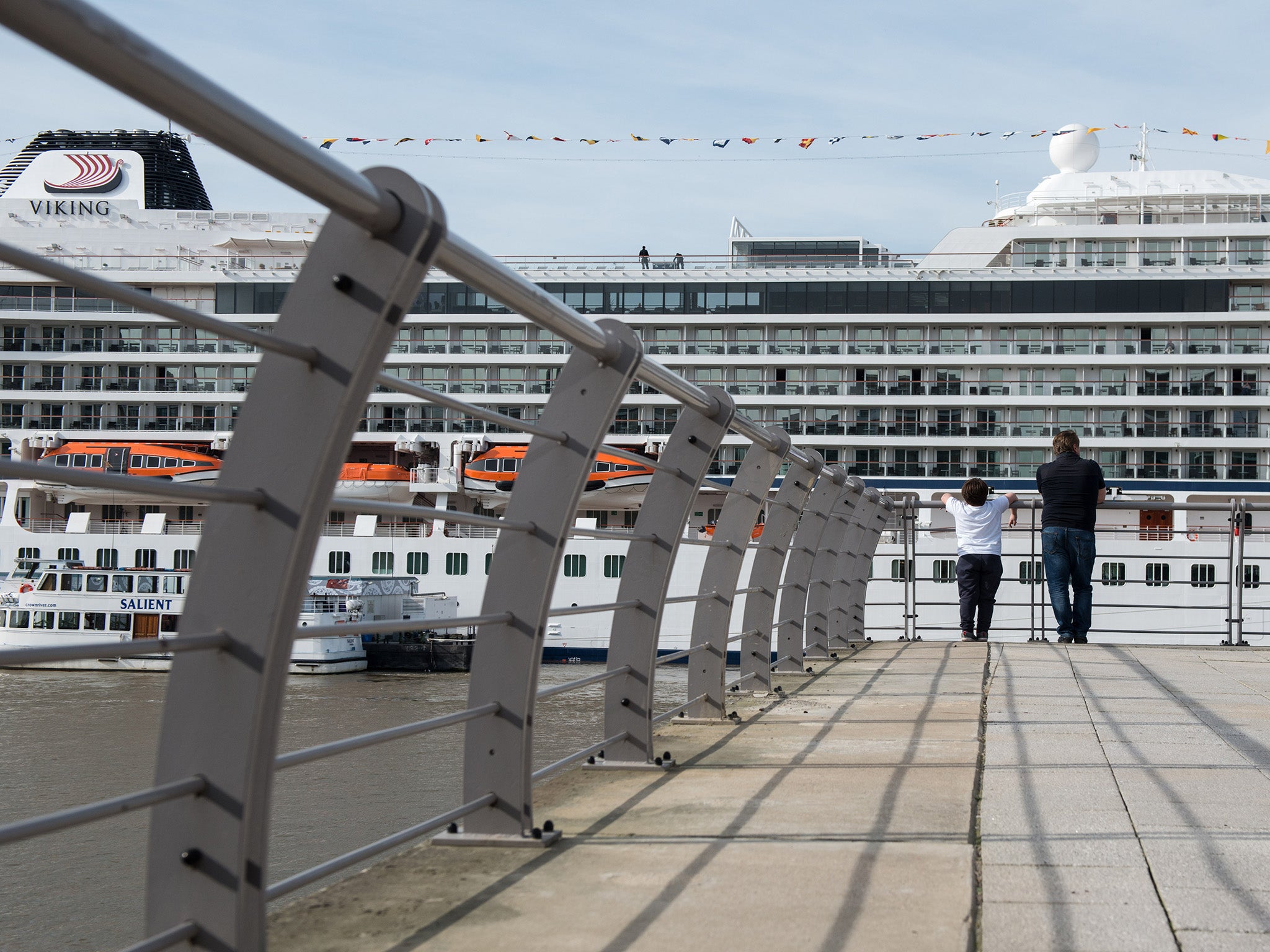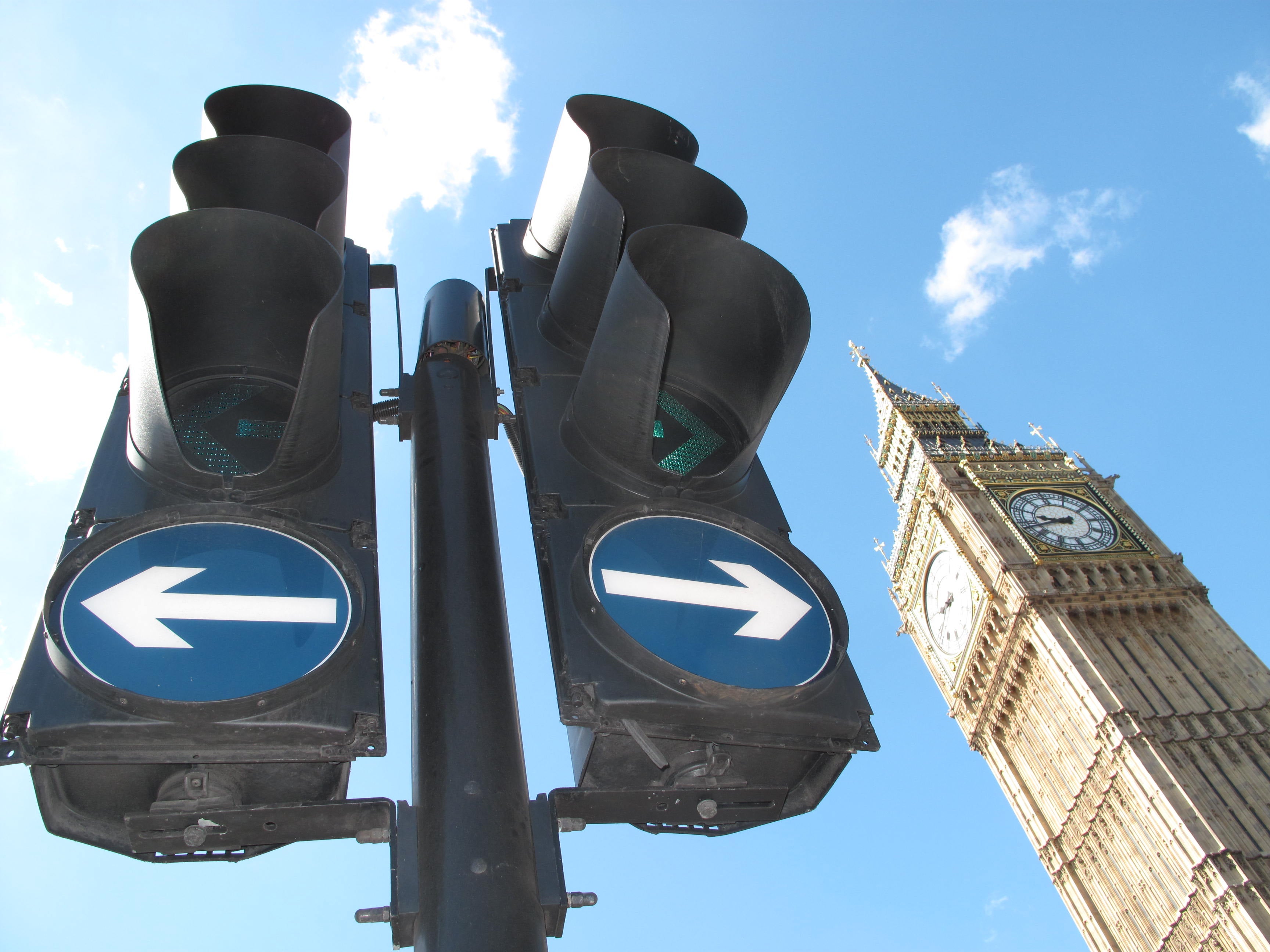Do I really need a new passport to take my UK cruise?
Simon Calder answers your questions on domestic cruises, the traffic light system for international destinations and the ‘90 in 180’ rule


Q I am booked on a UK-only cruise operated by Viking in June. It is sailing from Portsmouth to Portsmouth and not going anywhere abroad. I was told I must bring a passport. I have one, which expires in August. But after I supplied the details I have just been told: “Your passport must be valid for at least six months after your return date in order for you to travel. According to our records, your passport does not meet that requirement.” Do I really have to get a new passport in order not to go abroad?
Name supplied
A In common with many cruise lines, Viking says it requires passports even for domestic cruises. I asked why. A Viking spokesperson told me: “Across the travel industry passports are recognised worldwide as the most reliable form of identification as they are issued by central governments in a standard format. When it comes to our UK cruises we simply need to ensure that we have correctly identified all of the guests who are embarking.”
I then asked about the six month rule, which applies to some countries. The spokesperson said: “It is not essential for domestic UK cruises but it is always advisable to ensure that passports have six months validity when travelling.” What, I then wondered, if your passport expired in May, not August? Would you be denied boarding?
“As is standard across the travel industry, passports are the preferred form of ID,” the spokesperson said. “For our UK domestic voyages, in the unlikely event someone does notify us that they do not have a passport, then we will discuss what other form of identification they may have available. We will try to find a reasonable solution.”
I hope this puts your mind at rest – and also helps other people who are subject to what looks to me like a fairly arbitrary rule.

Q Another question on the new “traffic light” system for international travel. Is it your understanding that countries will change traffic light colour only on the monthly “review” dates? Or will they be able to move to green or the other way weekly, like last summer?
Ben B
A International leisure travel is expected to resume from the UK on 17 May. Ahead of the restart, the UK government will divide the countries of the world, and possibly regions within them, into risk categories.
The status will depend on the perceived danger of coronavirus, and in particular variants of concern, being imported from each nation.
Highest risk countries will be red (requiring 11 nights hotel quarantine plus three Covid tests), followed by amber (10 days self-isolation at home plus three Covid tests) and green (no quarantine but two Covid tests). In addition there will be a “green watchlist”, comprising nations/regions on the green list whose data suggests they may shortly move to amber or even red.
The date for the initial assignation is not clear. The travel industry veteran, Paul Goldstein, said: “The transport secretary, Grant Shapps, seems to think you can just turn the travel industry on and off like a switch.” Jet2 and its holiday division have cancelled every departure up to 23 June; the company does not want to subject its customers or its staff to yet more uncertainty.
The government says it will “hold three ‘checkpoints’ on 28 June, 31 July and 1 October to review measures”. But I do not expect these to be particularly significant dates in determining the status of individual countries. Looking at the pattern as it emerged last year: initially the list of quarantine-free nations was published on a Friday afternoon (3 July to be precise), with the easing taking effect a week later.
Two weekends after that, Spain was taken off the list at a few hours’ notice; and for a further week or two there were some ad hoc changes. But pretty quickly we settled into a routine of changes being announced every Thursday at 5pm. I imagine something similar will happen this summer, though I firmly believe most changes will be positive – ie moving nations/regions from red to amber and from amber to green as infection rates fall and vaccination rates rise.

Q We are struggling to make sense of the “90 in 180” rule for planning future winter stays in Portugal. Do the 180-day periods follow on from each other without a break? Has the full 180 days got to elapse before the next one can start? Any advice would be most welcome.
Donald and Carol W
A Since the end of the Brexit transition phase, UK citizens hoping to travel to the vast majority of European Union countries face strict limits on the length of stay. The rule is that for trips to the Schengen Area – covering most EU nations plus Switzerland, Norway, Iceland and a handful of micro-states – you can stay a maximum of 90 days in any 180. That’s roughly three months in six.
This kind of restriction is fairly common across the world: countries generally don’t want people from foreign nations to be effectively living in their countries without formalising that position, paying appropriate taxes and health insurance, etc. So they restrict the length of stay. It can look like a daunting system to understand, so I will do my best to explain it in a way which I hope is straightforward.
Just imagine a calendar that stretches back almost six months from today (D). What happened before “D minus 180” is completely irrelevant. What counts is the number of days you were either inside (I) or outside (O) the Schengen Area in the last 180.
You can easily keep count on a calendar yourself, either printed or digital. If “I” hits 90, you must leave that day. That is exactly what happened to hundreds of Brits who began 2021 in the happy position of being in a Schengen Area country already, without restriction up to the end of 2020 thanks to the Brexit transition phase.
Ninety days in a row took them to the last day of March. Think about a calendar covering the first six months of 2021: they must now stay out for almost three months to the end of June, to accumulate 90 “Os” in a row. By 28 June, each day one “I” disappears as time marches forward, and can be replaced by a new one for up to 90 days.
Looking ahead to next winter: if you are accustomed to going abroad for a good, long stretch, the best you can hope for is three months. If you keep clear of the Schengen Area through September, October and November, you can enter on 1 December 2021 and remain there until 28 February 2022. Then you must leave for March, April and most of May.
Of course before Brexit you could spend as long as you wanted without any problem, and if you happen to have access to an EU passport (for example through Irish ancestry) then that confers continued freedom.
Email your questions to s@hols.tv or tweet @simoncalder


Join our commenting forum
Join thought-provoking conversations, follow other Independent readers and see their replies
Comments